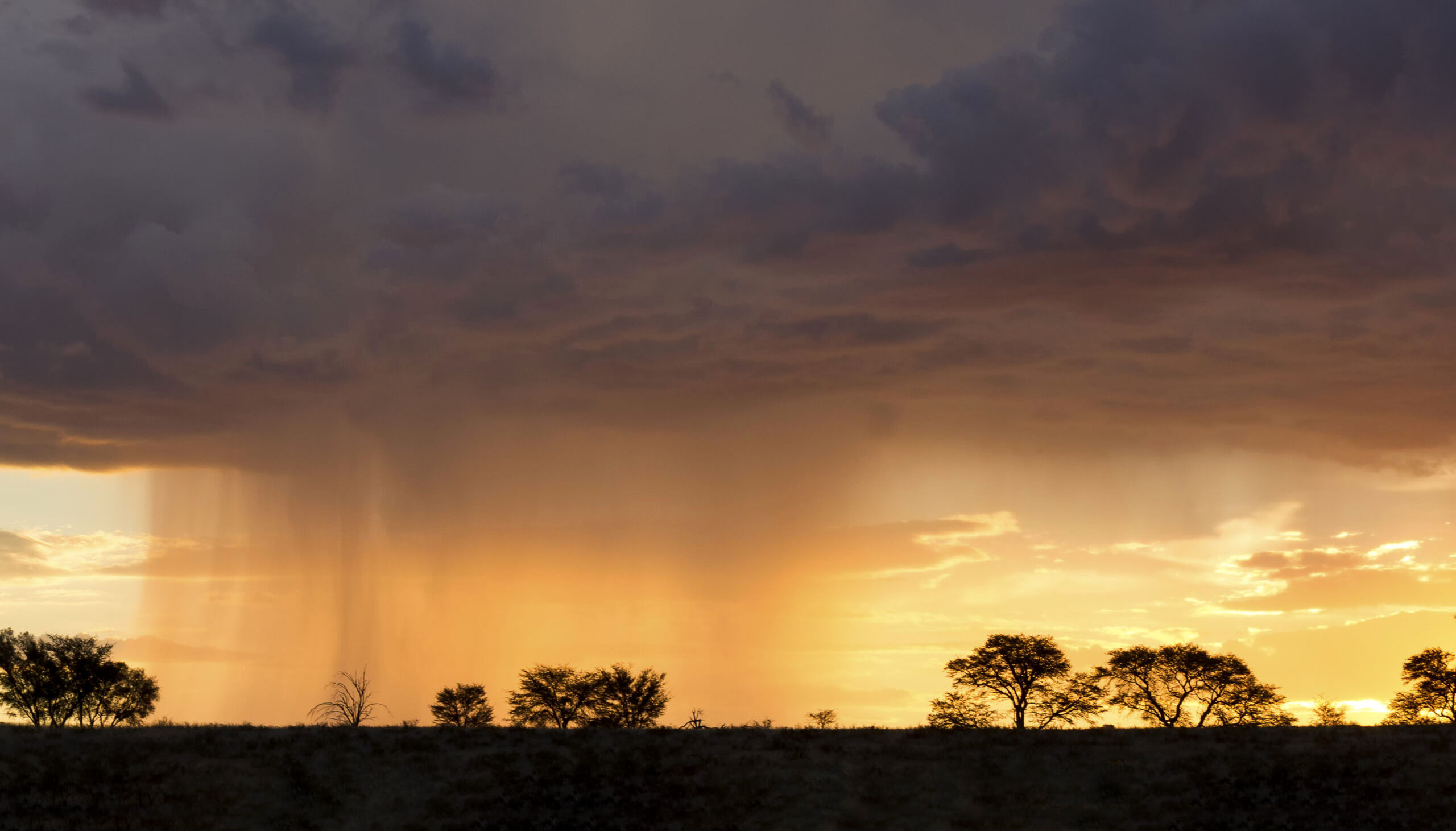The northeastern parts of South Africa are expected to get a motherlode of rainfall for the rest of the summer while most of the country will experience unseasonably warm weather into the early winter. The bulk of the summer rainfall regions should get above-normal rain, which bodes well for this season’s maize harvest.
That, in a nutshell, is the latest long-range forecast from the South African Weather Service’s monthly Seasonal Climate Watch, which looks five months ahead – in this case from February to June.
“Current predictions indicate above-normal rainfall for most of the northeastern parts of the country during the full forecast period,” the report said.
“This is in stark contrast to previous predictions and is most likely due to the sudden decrease in temperatures in [the] equatorial Pacific, prompting a sharp increase in probability in getting above-normal rainfall.”
The southwestern parts of South Africa are expected to get below-normal rainfall for the rest of the summer, but as it is the dry season in the region anyway, the impact will not be severe.
For most of South Africa, temperatures are expected to be above normal until the end of June. This has been a pattern of the forecasts the past few months and South Africa is hardly an outlier on this front.
Last year was the hottest across our burning planet since records began and the first year that saw temperatures flare past the 1.5°C threshold above pre-industrial levels.
Read more: It’s official — 2024 warmest year on record globally, first to exceed 1.5°C above pre-industrial level
If this forecast holds, the typical autumn period in South Africa will be like late summer and early winter will be like autumn. June will be the new May which in turn will be the new April and so on.
This is the consequence of climate change caused – in the view of the vast majority of scientists who apply their mind to the issue – by the burning of fossil fuels.
Welcome to the Anthropocene.
Returning to the Weather Service’s outlook, it notes that the La Niña weather pattern has finally formed and this typically brings good rains to this region – which are urgently needed after last summer’s scorching El Niño decimated crops across southern Africa.
However, La Niña is forecast to be weak and short-lived and unlikely to make much difference.
Read more: La Niña has finally formed, but will be over soon, says US National Weather Service
“For South Africa, time is running out as well for a potential La Niña to affect us as summer is coming to an end,” the Seasonal Climate Watch noted.
Even with that qualifier, the grain belt overall is still predicted to have more rain for the remainder of the summer season than it did last year – a state of affairs that will hopefully tame elevated maize prices.
“Above-normal rainfall is expected over most parts of the summer rainfall region, especially in the northeastern parts of the country during the late summer and autumn seasons. These above-normal rainfall forecasts are likely to have a positive impact on crop and livestock production in these areas,” the report said.
“However, there is an increased risk of waterlogging that can cause crop damage in areas receiving excessive rainfall.”
The bottom line is that the northeast of South Africa needs to break out the umbrellas while most of the country needs to turn on the fans or air-con, or head for the shade. DM
Business Maverick
Northeast SA set for a drenching, warmer-than-normal across most of SA to June





